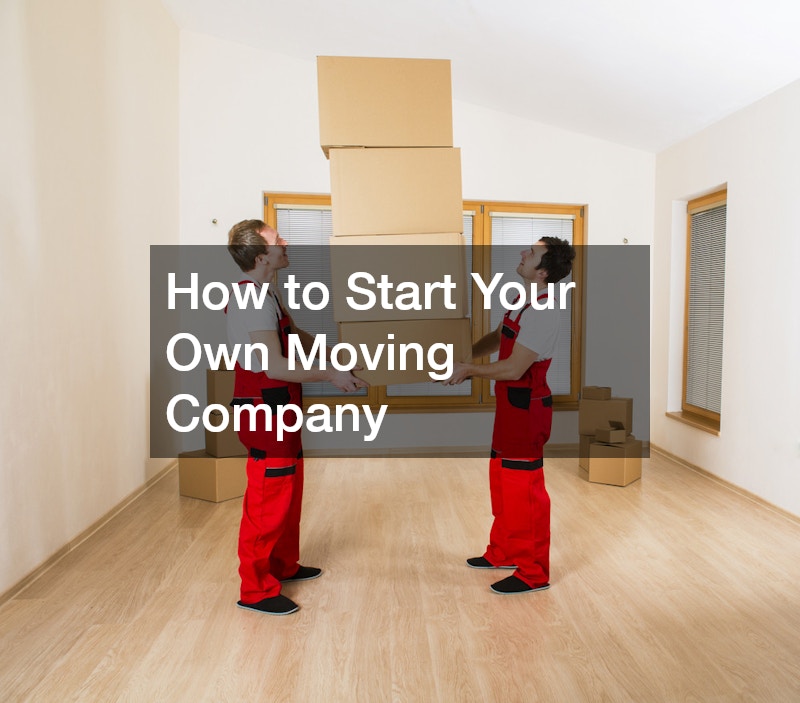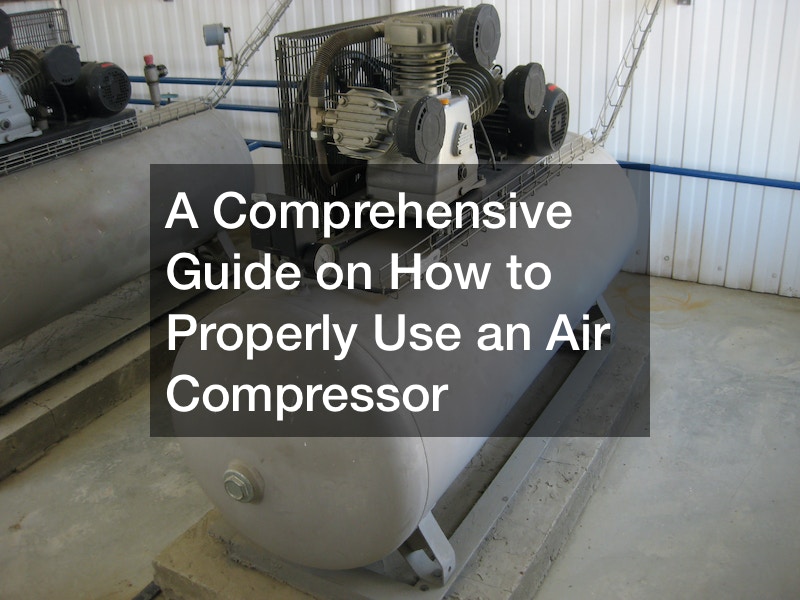Launching a moving business can be a practical path to entrepreneurship if you enjoy logistics, teamwork, and customer service. Demand is steady in most markets, and good operators grow quickly through word of mouth. Success starts with a clear plan, solid compliance, and a focus on repeatable systems. Study your market, learn what customers complain about, and build your offering to fix those pain points. If you execute consistently, you’ll stand out from other local moving companies while protecting your margins.
Build a Focused Business Plan
Keep the plan lean, but specific. Define your target jobs (apartments, single-family homes, small offices), your service area, and your average ticket goal.
Outline pricing models for hourly labor, travel time, materials, and specialty items. Set quarterly milestones for booked revenue, online reviews, and on-time arrival rate. Identify your competitors by name, list their strengths and gaps, and write exactly how your company will compete on reliability, communication, and care.
Nail Licensing, Insurance, and Compliance
Check state and municipal requirements for intrastate movers, and secure any household goods permits before advertising. Set up your business entity, obtain a tax ID, and keep clean books from day one. Insurance is nonnegotiable: general liability, cargo coverage, and workers’ compensation protect customers and crews. If you add long-distance work, learn federal rules, arbitration programs, and required documentation. Compliance builds trust, speeds building approvals, and prevents expensive delays.
Define Services, Pricing, and Guardrails
Decide what is included in a standard job, and what triggers add-ons. Put line items on your estimate for stairs, long carries, heavy items, packing help, and furniture assembly. Publish a minimum job charge and a transparent hourly structure so customers can budget with confidence. Build rate sheets for off-peak discounts and high-demand weekends. Clear rules prevent misunderstandings, which is how you deliver a better experience than many local moving companies.
Equip Your Fleet for Safety and Speed
Start with a reliable box truck or two, dollies rated for heavy loads, lifting straps, moving blankets, and floor protection. Stock mattress bags, shrink wrap, tape, and a toolkit for beds and tables. Create a pre-trip inspection checklist, track maintenance, and log fuel and mileage. Proper ramps, e-track, and tie-downs reduce injury risk and protect cargo. Well-equipped crews finish faster and with fewer claims, which directly improves profit and reviews.
Hire, Train, and Retain Your Crew
People move the business. Recruit for attitude and stamina, then train for technique. Teach lifting mechanics, stair strategies, and how to wrap fragile items. Standardize a script for apartment managers and customers on arrival. Pay fairly, offer performance bonuses, and promote leads from within. A professional, courteous crew is your brand in the field and the engine behind repeat business.
Sell the Experience, Not Just the Truck
Set up a clean website with service pages, pricing guidance, and an instant quote form. Claim and monitor local listings, and respond to every review with specifics. Photograph tidy trucks, floor protection, and wrapped furniture to prove your standards. Partner with apartment communities, real estate agents, and storage facilities for referrals. In competitive markets, customers compare several local moving companies; the one that educates clearly and replies quickly usually wins.
Use Simple Tech to Run Like a Pro
Adopt software for estimates, e-signatures, scheduling, and crew routing. Use GPS or route apps to plan parking and elevator time slots, then text customers when crews are en route. Collect deposits online, and send itemized invoices the same day. Implement a claim intake form with photo uploads to resolve issues quickly. Technology helps you look bigger than you are and keeps you organized compared to many local moving companies.
Protect Cash Flow and Price for Profit
Cash is oxygen. Require reasonable deposits to reserve dates, tie progress payments to milestones, and avoid large receivables. Track job costing weekly: labor hours, materials, fuel, and time lost to access issues. Raise prices if your calendar is full two weeks out, or offer weekday incentives to smooth demand. A small company with disciplined pricing will outlast a larger one that underbids.
Plan for Seasonality, Scale Carefully
Peak season stretches crews and trucks. Hire early, cross-train staff, and keep an on-call list for weekends. In slower months, focus on small jobs, packing services, junk hauls, and office moves to keep hours steady. Add trucks only when your second calendar is consistently booked, and promote a trusted lead to manage the new crew. Sustainable growth beats rapid expansion that erodes quality, which customers will notice when comparing local moving companies.
Deliver a Five-Star Closeout
The final 10 minutes define the review. Walk the space, verify placement, assemble beds, sweep the truck, and resolve scuffs or missing hardware immediately. Hand over a printed invoice, a magnet with your contact info, and a short survey link. Ask for a review while the positive impression is fresh. Repeatable closeouts compound into loyal customers and steady referrals.
Starting a moving company is about systems, accountability, and care. When your estimates are transparent, your crews are trained, and your trucks show up on time, customers will recommend you. Keep improving your checklists, tighten communication, and protect cash flow. With disciplined execution, you’ll build a resilient brand that stands shoulder to shoulder with the best local moving companies and earns a reputation for stress-free moves.



